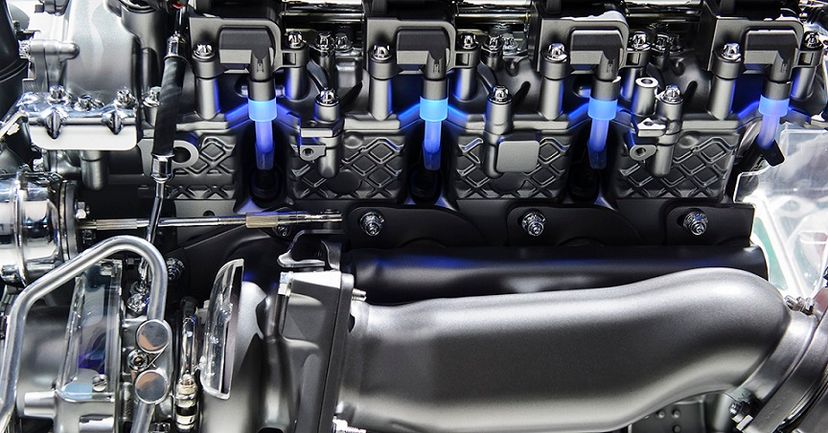
About This Quiz
How savvy are you about how your car engine works? Take this quiz to find out!
Many people know very little about how their car engine works. Other than the benefit of turning the key and pushing on the gas and making the vehicle go vroom, most of us are blissfully ignorant about what makes things work under the hood (until the check engine light comes on, of course). But as "simple" as the combustion engine is in theory, there is quite a bit going on at the front of your car every time you turn the key.
As much as you'd like to believe it's that expensive fuel that makes your car move, it's actually air. Yup, that's right. Air powers your car. What else don't we know about our cars? What does "horsepower" mean exactly? What's the deal with diesel? What do those 87 and 89 numbers mean at the pump?
So whether you like to wrench on cars or just want to learn a little bit more about this highly involved, high octane machine, we think we've got the quiz to get your motor going.
Think you've got the mechanical smarts to ace this quiz? Let's find out!
Advertisement
Advertisement
Advertisement
Advertisement
Advertisement
Advertisement
Advertisement
Advertisement
Advertisement
Advertisement
Advertisement
Advertisement
Advertisement